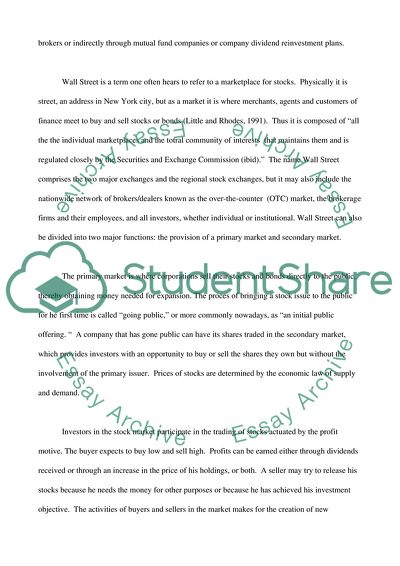Cite this document
(The US Stock Market and the New York Stock Exchange Term Paper, n.d.)
The US Stock Market and the New York Stock Exchange Term Paper. https://studentshare.org/finance-accounting/1717973-stock-marketnew-york-stock-exchange
The US Stock Market and the New York Stock Exchange Term Paper. https://studentshare.org/finance-accounting/1717973-stock-marketnew-york-stock-exchange
(The US Stock Market and the New York Stock Exchange Term Paper)
The US Stock Market and the New York Stock Exchange Term Paper. https://studentshare.org/finance-accounting/1717973-stock-marketnew-york-stock-exchange.
The US Stock Market and the New York Stock Exchange Term Paper. https://studentshare.org/finance-accounting/1717973-stock-marketnew-york-stock-exchange.
“The US Stock Market and the New York Stock Exchange Term Paper”. https://studentshare.org/finance-accounting/1717973-stock-marketnew-york-stock-exchange.


